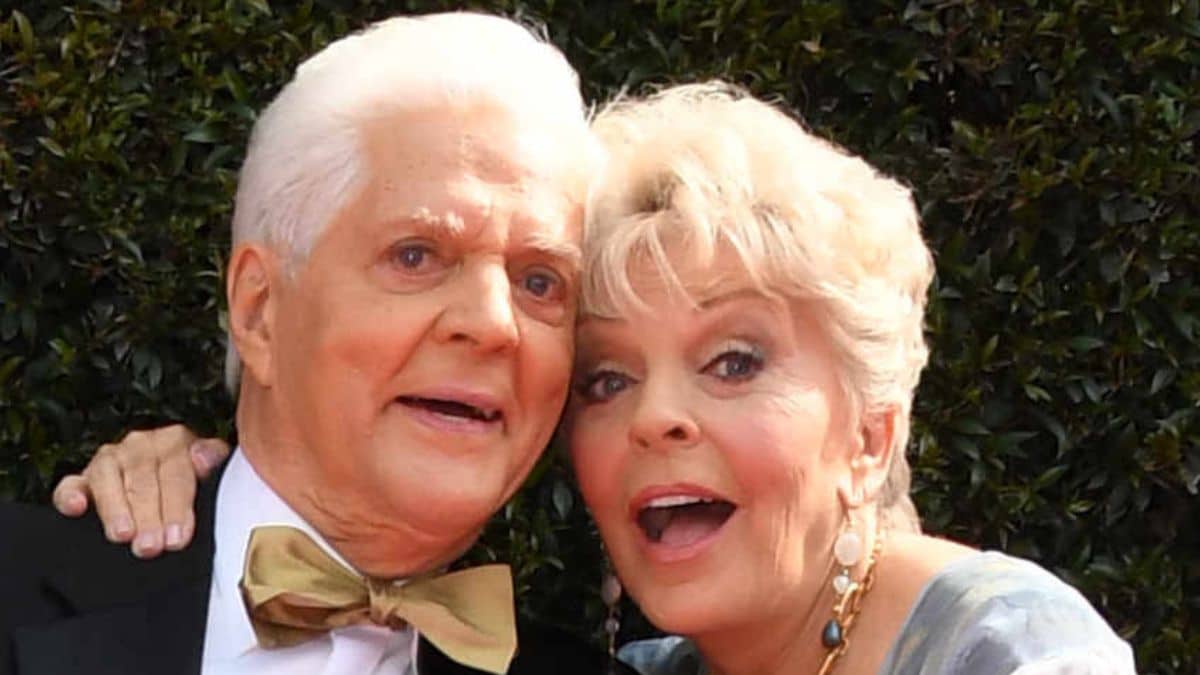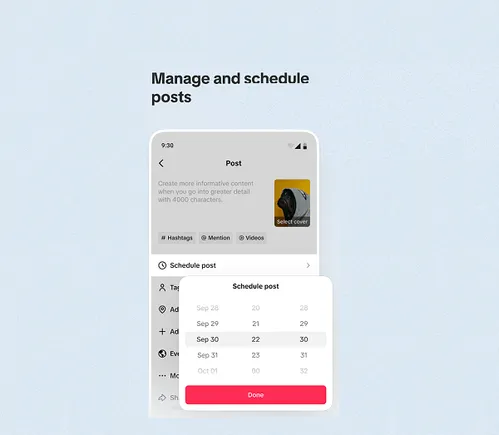The greatest legacy a CEO can leave is assurance that the future path is set. A well-prepared successor might be the key component, and the requirements for the next CEO will evolve. You need a future leader prepared to carry forward your culture and values while being ready to step into a new world. It will be a different job.
You may recall that when you were a CEO candidate, the experience felt messy. Some of that can be chalked up to the reality of human beings striving to reach the top in a competitive, uncertain business environment. It is bound to be a little chaotic. Yet, a good succession process should help avoid the worst messes and give your board, the Street, the candidate—and even you—confidence in the process.
What’s at Stake?
The wrong CEO placement plays out in the public eye in ways never imagined. Within the first 18 months, 40% to 50% of new CEOs fail. From Disney to Starbucks, we’ve seen the mess that ensues when the wrong candidate enters the seat. Exposure risk is greater than ever.
Also at stake is your company’s ability to attract and keep good board directors. Directors find succession planning difficult and lack visibility into internal candidate progress. Simultaneously, they feel pressure to get it right while maintaining investor confidence, managing risk, and securing value. One director told us, “We don’t know what we don’t know, and we don’t know how to find out.”
Another risk is to candidates’ experiences. Many live with distraction and uncertainty as the succession process unfolds. Perceptions that the plan is stacked in favor of a single candidate or that the board favors a “change agent” from the outside can cause you to lose some of your best and limit the bench.
How can you address these challenges and set the stage for a great succession and a strong legacy?
It Begins With Planning
Effective succession planning starts on day one of a CEO’s tenure, with timing playing a crucial role. Today’s CEOs average 3.7 years, nearly five years less than two decades ago. Planning avoids costly “emergency succession” moves and identifies potential successors in advance. Succession should be on the agenda of every executive committee meeting to keep the plan fresh.
Think About Timing
One of the great mysteries that captivates organizations is when the current CEO will retire. Unless the term is agreed on at the start, it is often left solely up to the chief executive, and many have been known to change their minds. While it is respectful to offer this latitude, it can create unintended consequences — not the least of which is whether it matches with the timing your best candidates have in mind for themselves.
When to step down is a personal decision for every CEO, driven by many factors. CEOs often stay on during challenging times or to ward off business threats, which can throw off the timing for the ready-now candidates.
Sometimes, the road can end suddenly. A board grows weary of poor results, a political, social, or business crisis emerges, and they decide to part ways with the CEO. For these and many reasons, it is critical to have a current plan and a transparent process.
Who Owns the Process?
Ultimately, succession must be an active and open partnership between the board, the CEO, and the head of human resources. While sometimes uncomfortable, direct and thoughtful conversations beyond “name in the envelope” or 9-box grid exercises are steps toward managing business risk and safeguarding the future strategy.
What are some of the practices we encourage boards and CEOs to adopt? Here are some of the most common dos and don’ts:
1. Don’t anoint the next CEO. Many CEOs feel strongly about who should succeed them. Unfortunately, this well-intended effort could be “backward-looking.” If this happens before establishing the future criteria and looking at options, you may have a single “replacement” successor, compelling the board to open a search for external candidates.
2. Do open the aperture. It takes a wise, practical, thoughtful CEO to identify and develop numerous candidates with intention. Evaluating candidates against future needs requires a thoughtful assessment of the changes underway, emerging areas of investment and innovation, the competitive landscape and disruptors.
Be sure to bring the lens of diversity, equity and inclusion to your candidate conversations. Consider those in roles or on tracks that may not be standard. Use inclusive language in your search profile. Sensitize those engaged in the process to your intention to cast a wide net.
Most importantly, create a selection process backed by data and insight. The goal is a living list of great, ready-now, or ready-soon, candidates.
3. Don’t rely on the standard criteria. We begin with the C-level profile, a picture of what it takes to lead in your organization. This defines criteria for leaders based on your unique organizational strategy and future needs and a playbook to help everyone understand the qualities, experiences and values required to succeed. As part of the process, rethink how you interview and assess candidates. The “standard battery” is insufficient and risky for high-stakes placements. Look for best-in-class scenario simulations to uncover hidden behavior, decision-making, and strategic thinking aspects.
4. Don’t forget about culture fit. While you may feel you “know it when you see it,” that approach is a high-risk gamble for guiding all the stakeholders to find the right culture fit. Clarifying and documenting your unique leadership culture — the best and worst of — and what it looks like in action are important parts of the selection process.
5. Do create transparency. When and how to reveal information about succession is an art and a science. What is said by a public company is guided by prudence. What is disclosed within the organization also must be well-managed. At the same time, when you err on the side of transparency, sharing succession criteria, development plans, and a general sense of timing, people tend to trust the process.
6. Don’t let the succession plan gather dust.
As mentioned, a living succession plan shouldn’t sit untouched. It needs to be updated and reviewed all the time. CEOs and boards should regularly discuss candidates, possibilities and scenarios.
7. Do bring potential candidates to board meetings.
So often over the years, directors have told us they don’t see succession candidates enough to get to know them, and they have no basis for evaluation. Bringing them to board meetings gives them experience and exposure. Don’t limit their interactions to presentations. Give them opportunities to get to know directors personally in informal settings. It gives them confidence in their interactions with the board over time, benefiting both parties.
What’s Next?
For CEOs and board directors, the greatest legacy of your tenure is leaving your company in good hands. Succession planning can’t be seen as informal or distant. It needs to be a vibrant, current conversation.
Complacent succession planning is the enemy of CEOs, boards, and ultimately shareholders, employees, and customers. Emergencies happen to the best companies. You can avoid the colossal disruption faced by some of the world’s most stable, successful companies by leading the succession process and making it successful.
The post A CEO’s Guide To Replacing Yourself appeared first on ChiefExecutive.net.








































































